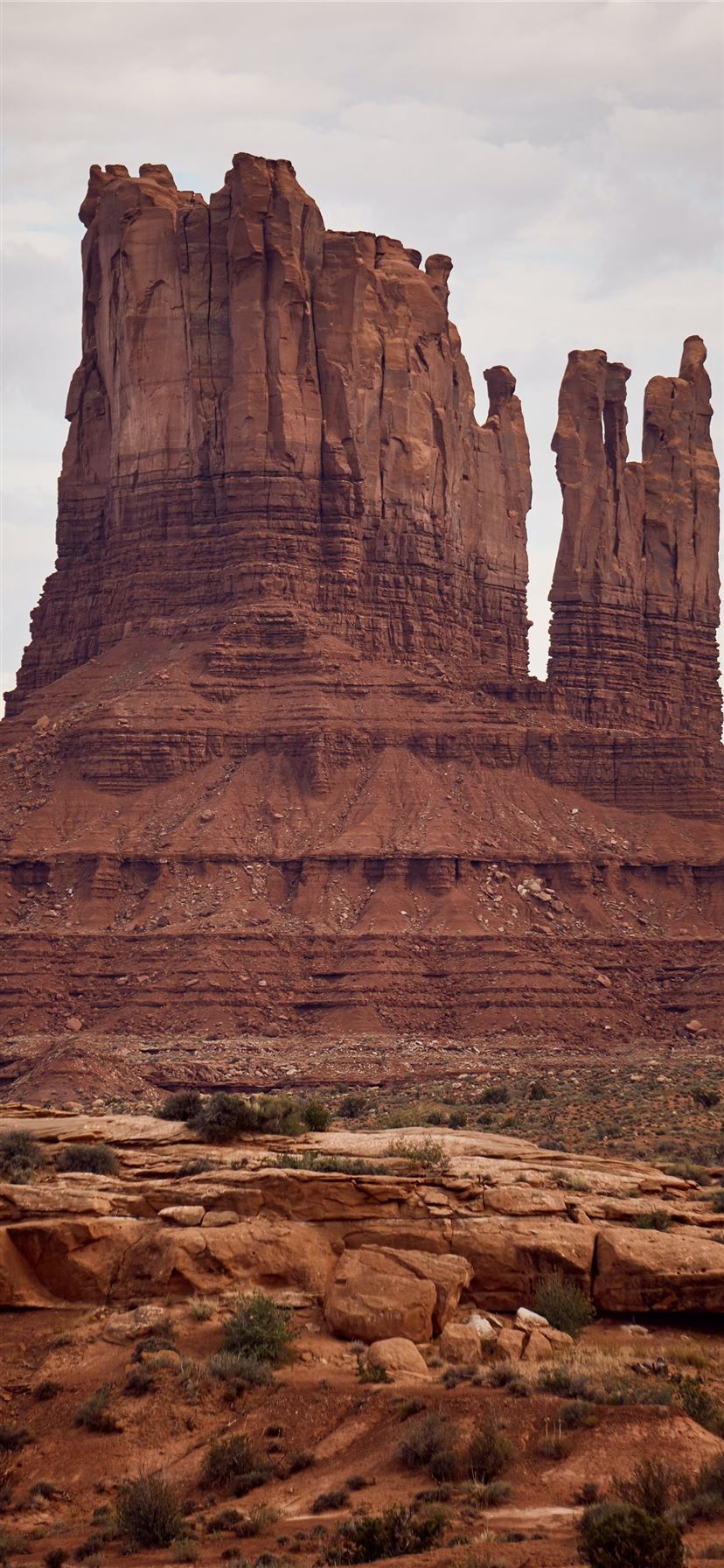

“The unfortunate fact is that we have spent the last 15 years not doing what we should have done, and that means that the task has become significantly more difficult when dealing with climate change,” says Kolbert. Elizabeth Kolbert is the author of “Under a White Sky.” (Photo: John Kleiner/Courtesy of Penguin Random House) In 2014, she published the book “The Sixth Extinction: An Unnatural History,” which would go to become a New York Times Bestseller and win the Pulitzer Prize for general nonfiction. But her extensive coverage of climate change began in 2005 with “The Climate of Man,” a three-part series for The New Yorker. Back when she was a New York Times reporter, she occasionally wrote about the subject as it intersected with politics. Kolbert had long been interested in environmental issues. We’ll see what happens over the next couple of years.” “When I started out, there was sort of a sense that if people knew what was going on, they would come to their senses and there would be this political change that we needed,” says Kolbert on a recent phone call from Massachusetts. In that time, she says, her beat hasn’t changed as much as one might hope.

(Feb.For more than 15 years, Elizabeth Kolbert has been covering the impact humans have had on the environment.

Agent: Kathy Robbins, the Robbins Office. This investigation of global change is brilliantly executed and urgently necessary. Her style of immersive journalism (which involves being hit by a jumping carp, observing coral sex, and watching as millennia-old ice is pulled from the ice sheets of Greenland) makes apparent the challenges of “the whole-earth transformation” currently underway.

Along the way, Kolbert covers interventions on the cutting edge of science, such as “assisted evolution,” which would help coral reefs endure warmer oceans. Kolbert notes the irony and ingenuity of humans battling natural processes to which they have contributed: the dams and levees along the Mississippi River, for instance, were “built to keep southern Louisiana dry” but have caused a massive “land-loss crisis” due to flooding elsewhere in the state. As she surveys climate-related discoveries, Kolbert describes barriers erected to keep Asian carp out of the Great Lakes after the carp were brought to America in 1963 to “keep aquatic weeds in check.” She also tells of the divers who conduct a yearly “census” on the Devil’s Hole pupfish, a threatened species surviving in a single pond in the Mojave Desert. Pulitzer-winner Kolbert ( The Sixth Extinction) focuses once again on the Anthropocene in this illuminating study of humans’ “control of nature.” Humans have already changed the natural world, she writes, and now are innovating to counter the fallout.


 0 kommentar(er)
0 kommentar(er)
